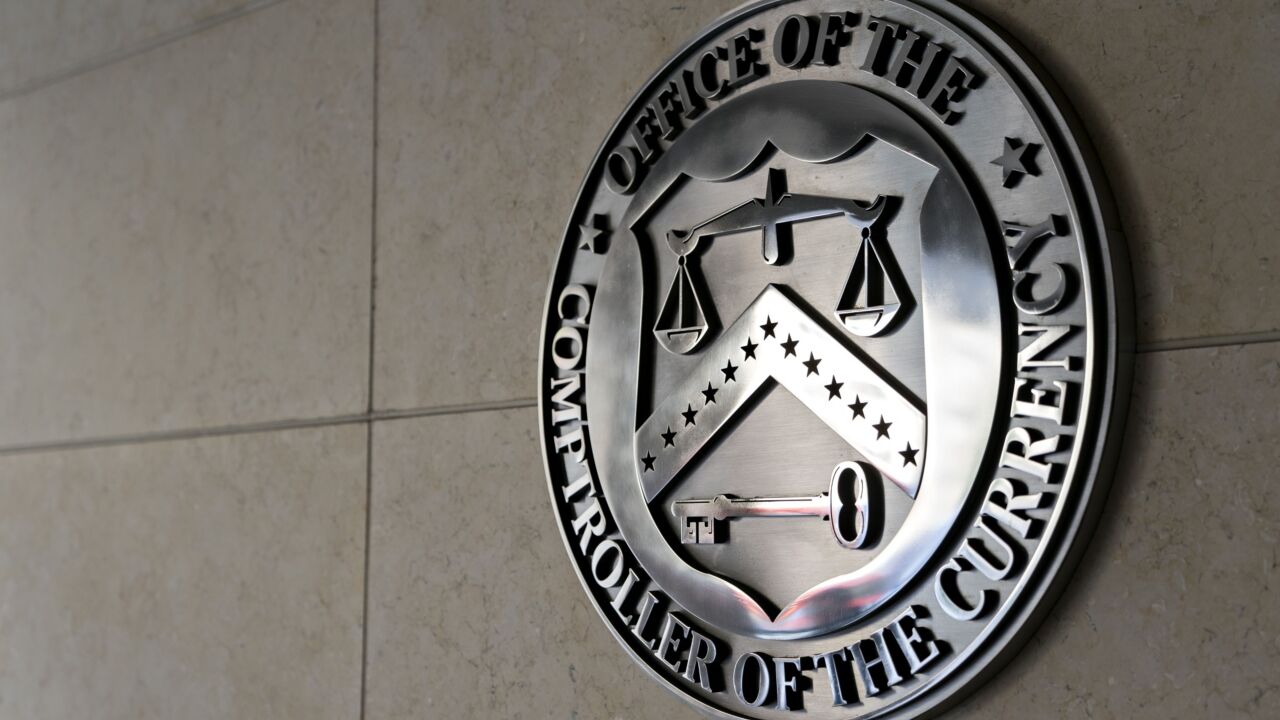U.S. issuers have finally begun their move to the EMV standard, but the differences in their approaches highlight how many obstacles still remain.
Many countries have shifted to the EMV Integrated Circuit Card Specifications, using cards with built-in chips to improve security over what magnetic stripe cards offer.
As a few U.S. issuers have begun offering EMV cards to travelers, the specifics of their implementations have varied widely.
"We're no longer talking about [EMV] in the hypothetical," said Randy Vanderhoof, executive director of the Smart Card Alliance.
"Now the discussion is around, for the U.S. market, should the EMV [option] that gets implemented be contact or contactless, offline or online, PIN or no PIN. We're getting down to the fundamental discussions that are needed to proceed into actual implementation."
In April, both JPMorgan Chase & Co. and Wells Fargo & Co. announced they would issue EMV cards to frequent international travelers.
And Silicon Valley Bank in Santa Clara, Calif., announced June 1 that it is offering chip-based credit cards to its predominantly technology-focused business customers.
All three banks are issuing chip and signature cards, with Wells also issuing a chip and PIN card, which is the more common type of EMV card used in Europe. Their cards also will feature a magnetic stripe for use in the U.S.
United Nations Federal Credit Union and State Employees' Credit Union also issue EMV cards.
U.S. Bancorp is taking EMV a step further and issuing chip cards with contactless functionality.
"There's a lot of complexity that still needs to be worked out in terms of how the U.S. might implement EMV," Vanderhoof said.
But now there are conversations between the payment brands, card issuers and merchants about what the EMV options might entail, he said.
The primary reason why those issuers decided on EMV "was to resolve acceptance issues with magnetic stripe cards in Europe," said Jose Diaz, director of technical and strategic business development for Thales Information Technology Security, a Weston, Fla., security company. "A secondary issue for State Employees' Credit Union was to reduce high levels of card fraud. Other banks are likely to follow on a case-by-case basis."
While select U.S. banks are issuing EMV cards in small rollouts, a broader migration strategy is needed, observers say.
"The U.S. payments infrastructure is highly fragmented in terms of ownership, making it difficult for one group to mandate, or agree on, an EMV migration," Diaz said.
One thing the industry is trying to avoid is government intervention related to EMV migration.
George Peabody, director of Mercator Advisory Group's Emerging Technologies Advisory Service, and Andrew Dresner, a director at Oliver Wyman, both said at the Smart Card Alliance's annual conference in May that a U.S. government mandate to adopt the EMV standard would not proceed as smoothly as it has in other countries because the U.S. banking industry is much more complex.
Vanderhoof said something similar to what occurred in Canada could happen in the U.S. Canada is migrating to EMV chip and PIN cards, and the process, which began in 2009, is scheduled for completion by the end of this year.
"The Canadian market didn't just get together one day and decide to move to EMV," Vanderhoof said. "The Canadian government was looking at fraud rates, identity theft and consumer complaints, and made it clear to the banking industry they wanted to see the industry do something about it."
Vanderhoof said "the writing is on the wall" for similar U.S. government direction regarding EMV migration domestically.
"The federal government is definitely going to be looking closely at consumer payment issues," he said. "It's a strong signal to the industry that says, 'If you don't address this issue, we are capable of stepping in to regulate or create rules you may or may not appreciate.' "
Some have suggested the shift to mobile payments might provide momentum for EMV, but Vanderhoof said mobile does not address all of the issues.
"The global market is still just feeling its way through the mobile space," Vanderhoof said. "The mobile payments market introduces a whole new layer of complexity and challenges because of the other players that don't exist in the traditional space."





